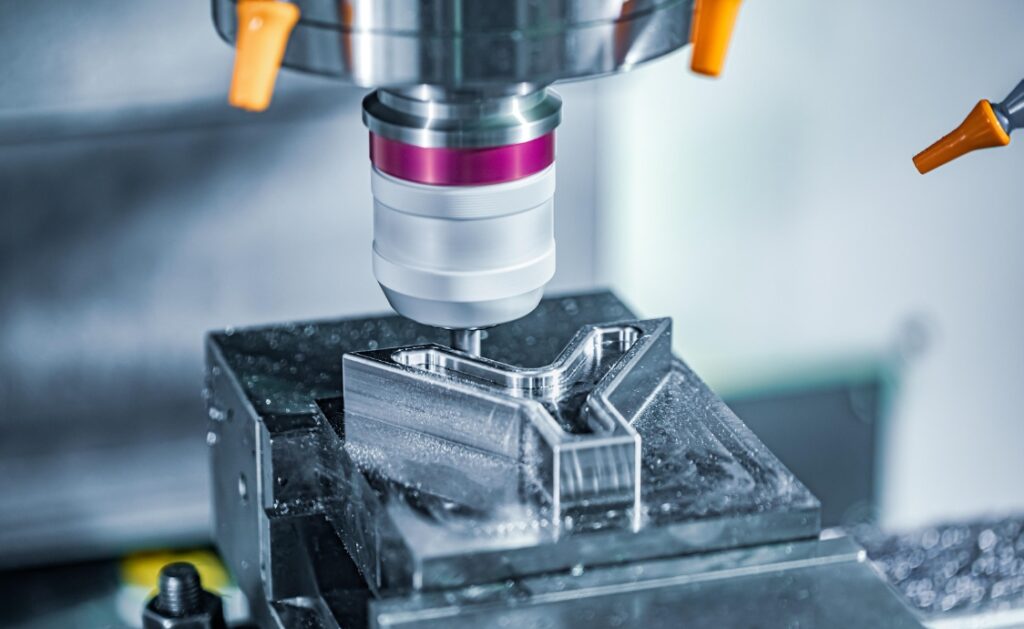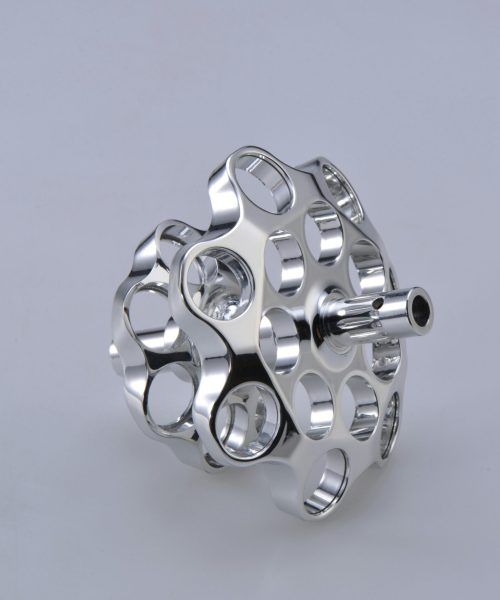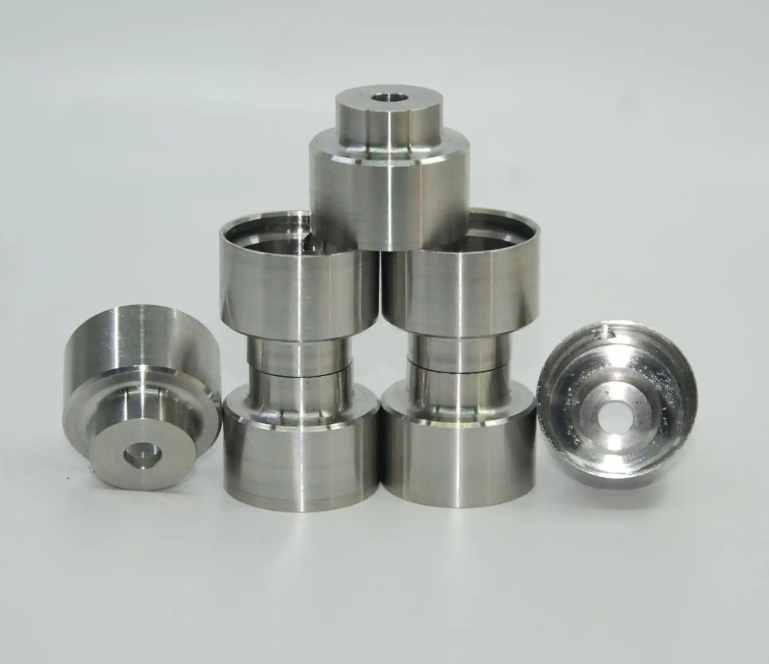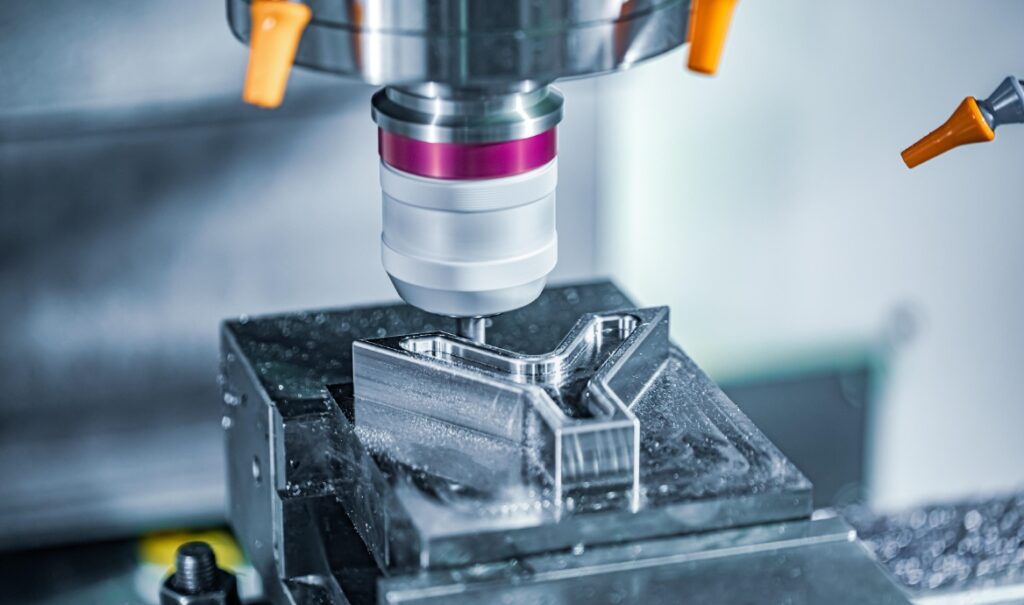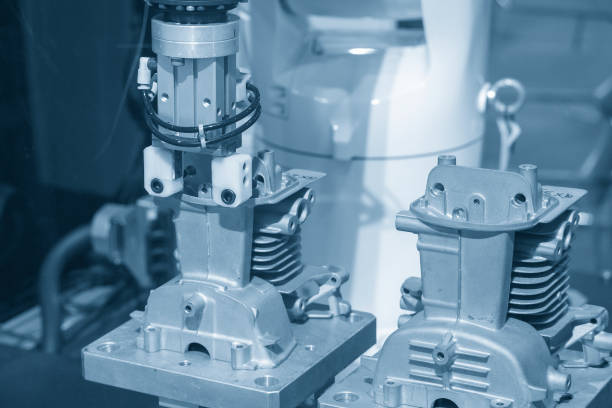Introduction
Rapid prototyping services have fundamentally transformed the way products are designed, developed, and brought to market. As technology continues to evolve, the capabilities and applications of rapid prototyping are expanding, driving innovation across a wide range of industries. From the integration of advanced materials and multi-material printing to the rise of digital twins and AI-driven design, the future of rapid prototyping promises to be even more dynamic and impactful. This article explores the latest trends and innovations in rapid prototyping, their impact on various industries, and what the future holds for this critical technology.
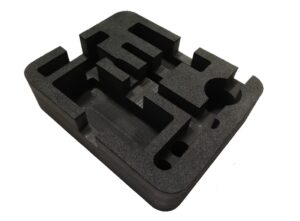
The Evolution of Rapid Prototyping Technologies
Rapid prototyping has come a long way since its inception, with significant advancements in both the techniques and materials used. Initially, rapid prototyping was primarily focused on creating simple models and visual representations of products. However, as technology has advanced, so too has the ability of rapid prototyping to create highly detailed, functional prototypes that closely mimic the final product.
Advancements in 3D Printing
3D printing has been at the forefront of the rapid prototyping revolution, with continuous improvements in speed, precision, and material diversity. Today’s 3D printers can produce prototypes with intricate geometries, fine details, and even integrated moving parts. The development of multi-material 3D printing has further expanded the possibilities, allowing for the creation of prototypes with varying textures, colors, and mechanical properties within a single print
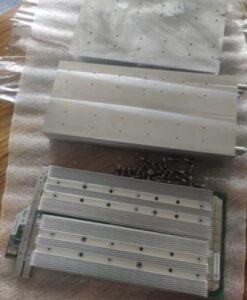
Multi-Material Printing: Multi-material 3D printing enables the creation of prototypes that combine different materials with distinct properties, such as rigid and flexible sections, or opaque and transparent parts. This capability is particularly valuable in industries like consumer electronics and healthcare, where prototypes must closely resemble the final product in both appearance and functionality.
High-Speed 3D Printing: Innovations in high-speed 3D printing, such as Continuous Liquid Interface Production (CLIP) and Multi Jet Fusion (MJF), have significantly reduced the time required to produce prototypes. These technologies enable rapid iteration, allowing designers to test multiple versions of a product in a fraction of the time previously needed.
Large-Scale 3D Printing: Advances in large-scale 3D printing have made it possible to create prototypes of much larger objects, such as automotive parts, furniture, and architectural models. This capability opens up new possibilities for industries that require full-scale prototypes for testing and validation.
Integration of Digital Twins
The concept of digital twins is becoming increasingly relevant in the context of rapid prototyping. A digital twin is a virtual replica of a physical product, created using real-time data from sensors and other sources. By integrating digital twins with rapid prototyping, companies can simulate the performance of a product before it is physically prototyped. This integration allows for more informed decision-making, reducing the number of physical prototypes needed and accelerating the development process.
Predictive Maintenance and Optimization: Digital twins enable predictive maintenance by continuously monitoring the condition of a product and identifying potential issues before they become critical. When combined with rapid prototyping, this allows for the creation of optimized prototypes that address potential problems identified through the digital twin.
Enhanced Collaboration: Digital twins facilitate better collaboration between design, engineering, and manufacturing teams by providing a shared, real-time view of the product’s performance. This collaboration ensures that the final prototype meets all requirements and performs as expected.
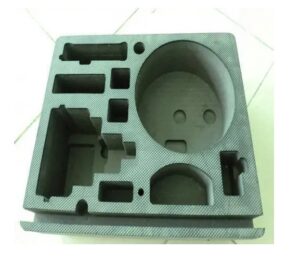
AI and Machine Learning in Design Optimization
Artificial intelligence (AI) and machine learning are playing an increasingly important role in rapid prototyping, particularly in the optimization of design processes. AI-driven design tools can analyze vast amounts of data, identify patterns, and suggest design improvements that may not be immediately apparent to human designers. This capability enables the creation of more efficient, higher-performing prototypes with fewer iterations.
Generative Design: Generative design is a process in which AI algorithms generate multiple design options based on specific constraints and goals. Designers can then select and refine the best options, leading to innovative solutions that are optimized for performance, cost, and manufacturability.
Predictive Modeling: Machine learning algorithms can predict how a prototype will perform under different conditions, such as stress, temperature, and wear. This predictive modeling allows for the creation of prototypes that are better suited to real-world applications, reducing the need for extensive physical testing.
Advancements in Material Science
The development of new materials is one of the most exciting areas of innovation in rapid prototyping. As material science advances, so too does the range of options available for creating prototypes that closely mimic the properties of final production parts.
Biodegradable and Sustainable Materials: As sustainability becomes a priority for many industries, the development of biodegradable and sustainable materials for rapid prototyping is gaining momentum. These materials offer the same mechanical properties as traditional plastics but with a reduced environmental impact.
Smart Materials: Smart materials, which can change their properties in response to external stimuli such as heat, light, or pressure, are opening up new possibilities for rapid prototyping. These materials enable the creation of prototypes that can adapt to different conditions, providing valuable insights into how a product will perform in real-world scenarios.
High-Performance Polymers: High-performance polymers, such as PEEK (Polyether Ether Ketone) and ULTEM, offer exceptional strength, heat resistance, and chemical resistance. These materials are increasingly being used in rapid prototyping for industries that require prototypes with advanced mechanical properties, such as aerospace and medical devices.
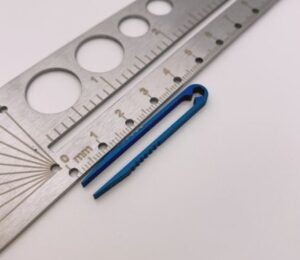
Industry Impact of Rapid Prototyping Innovations
The advancements in rapid prototyping technologies and materials are having a profound impact across a wide range of industries, from automotive and aerospace to healthcare and consumer electronics.
Otomotiv Endüstrisi
The automotive industry has been one of the earliest adopters of rapid prototyping technologies, using them to accelerate the development of new vehicles and components. The latest innovations in rapid prototyping are further enhancing the industry’s ability to innovate, with faster iteration cycles, more complex geometries, and the use of advanced materials.
Prototyping for Electric Vehicles (EVs): The shift toward electric vehicles has created new challenges and opportunities for rapid prototyping. Prototyping services are being used to develop lightweight components, battery housings, and thermal management systems, all of which are critical to the performance and efficiency of EVs.
Customization and Personalization: The ability to quickly prototype custom parts is allowing automotive manufacturers to offer greater levels of personalization, from custom interiors to bespoke body panels. This capability is helping to differentiate brands in an increasingly competitive market.
Havacılık ve Uzay Endüstrisi
The aerospace industry demands the highest levels of precision, performance, and safety, making rapid prototyping an essential part of the development process. The latest innovations in rapid prototyping are enabling aerospace companies to create more accurate and functional prototypes, reducing the time and cost of bringing new aircraft and components to market.
Lightweight Components: The use of advanced materials, such as carbon fiber composites and high-performance polymers, is allowing for the creation of lightweight prototypes that closely mimic the final production parts. These prototypes are used to validate designs for weight reduction, fuel efficiency, and structural integrity.
Additive Manufacturing in Aerospace: Additive manufacturing, or 3D printing, is playing an increasingly important role in the rapid prototyping of aerospace components. The ability to create complex, lightweight structures with integrated functions is revolutionizing the design and manufacturing of aircraft parts.
Healthcare and Medical Devices
The healthcare industry has seen significant benefits from the use of rapid prototyping, particularly in the development of medical devices, prosthetics, and implants. The latest innovations in rapid prototyping are enabling the creation of more patient-specific devices, improving outcomes and reducing the time required for regulatory approval.
Custom Implants and Prosthetics: Advances in 3D printing and material science are allowing for the rapid prototyping of custom implants and prosthetics that are tailored to the specific anatomy of individual patients. This personalization improves comfort, fit, and function, leading to better patient outcomes.
Surgical Planning and Training: The use of 3D printed models for surgical planning and training is becoming increasingly common. These models allow surgeons to practice complex procedures in advance, reducing the risk of complications and improving patient safety.
Consumer Electronics
The consumer electronics industry is characterized by rapid innovation and short product lifecycles, making rapid prototyping a critical tool for staying ahead of the competition. The latest advancements in rapid prototyping are enabling companies to iterate faster, create more innovative designs, and bring products to market more quickly.
Wearable Technology: The development of wearable technology, such as smartwatches and fitness trackers, relies heavily on rapid prototyping to create small, complex devices with high levels of functionality. The ability to prototype custom enclosures, sensors, and interfaces is driving innovation in this rapidly growing market.
Smart Home Devices: The smart home market is another area where rapid prototyping is having a significant impact. Prototyping services are being used to develop and test new devices, from smart thermostats to home security systems, ensuring they meet consumer expectations for design, functionality, and ease of use.
The Future of Rapid Prototyping Services
The future of rapid prototyping services is poised to be even more dynamic, with continued advancements in technology, materials, and processes. Several key trends are expected to shape the future of rapid prototyping, driving further innovation and expanding the range of applications.
Increased Integration with Digital Technologies
The integration of rapid prototyping with digital technologies, such as digital twins, AI, and machine learning, will continue to enhance the speed, accuracy, and functionality of prototypes. This integration will enable more informed decision-making, reduce the number of physical prototypes needed, and accelerate the development process.
Sustainable Prototyping
As sustainability becomes a priority for many industries, the development of biodegradable, recyclable, and eco-friendly materials for rapid prototyping will gain importance. These materials will reduce the environmental impact of prototyping and align with global efforts to promote sustainable manufacturing practices.
Hybrid Manufacturing Processes
The combination of additive and subtractive manufacturing processes, known as hybrid manufacturing, will play an increasingly important role in rapid prototyping. This approach allows for the creation of complex prototypes with integrated functions, combining the best aspects of 3D printing and CNC machining.
Mass Customization
The ability to rapidly prototype and produce custom parts is driving the trend toward mass customization. This trend will continue to grow as consumers increasingly demand personalized products, from custom-fit clothing to bespoke electronics. Rapid prototyping services will be at the forefront of this shift, enabling companies to offer greater levels of personalization without sacrificing efficiency or cost
Advances in Automation
The continued development of automation in rapid prototyping will further streamline the prototyping process, reducing the time and cost associated with creating physical models. Automated systems will handle everything from design optimization to material selection, allowing for faster iteration and more efficient production.
Sonuç
Rapid prototyping services have revolutionized the way products are developed, offering unprecedented speed, flexibility, and innovation. As technology continues to advance, the capabilities of rapid prototyping will expand, driving further innovation across a wide range of industries. From the integration of digital twins and AI-driven design to the development of sustainable materials and hybrid manufacturing processes, the future of rapid prototyping promises to be even more dynamic and impactful. By staying at the forefront of these trends, companies can continue to innovate, bringing better products to market faster and more efficiently than ever before.

